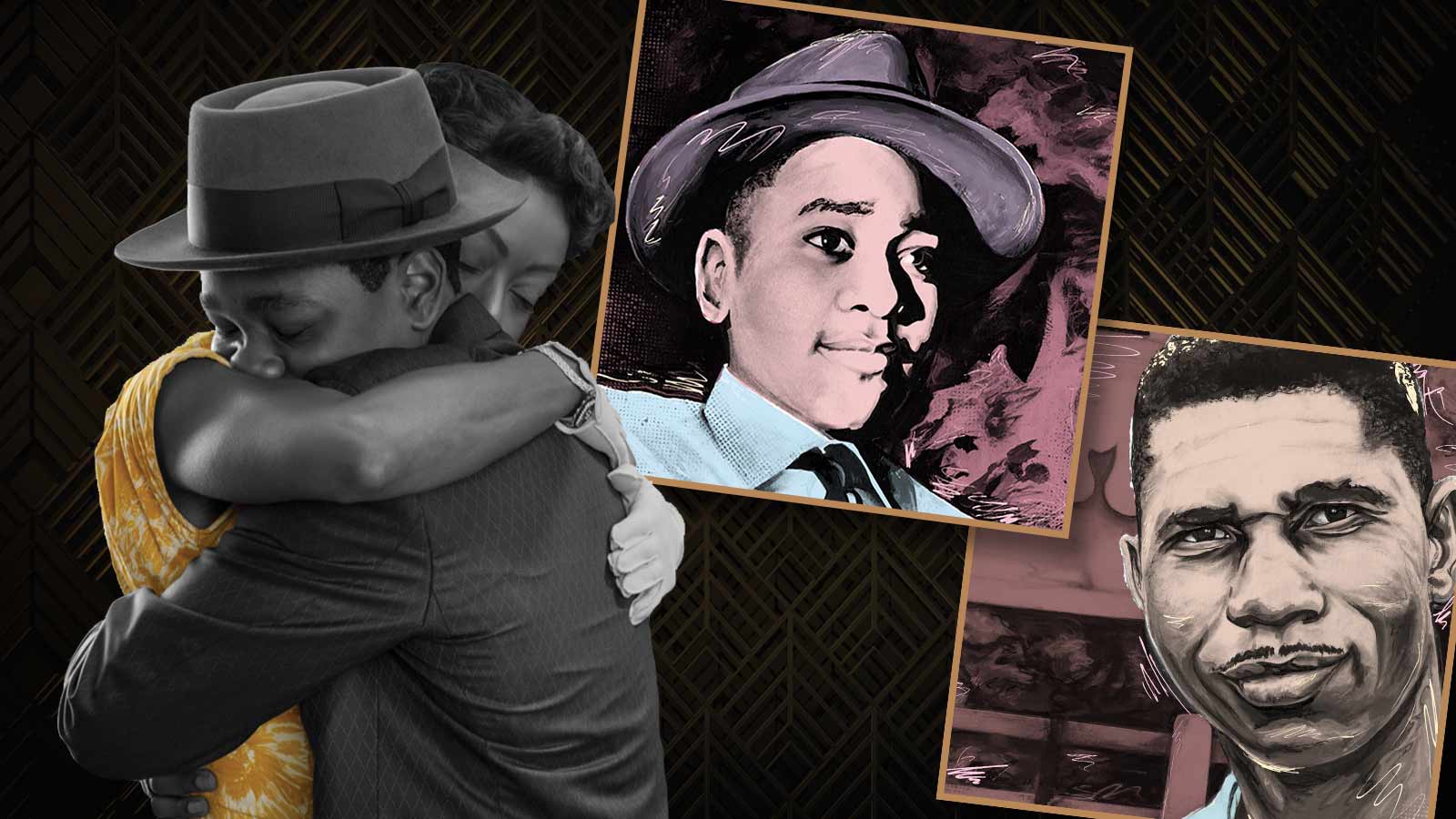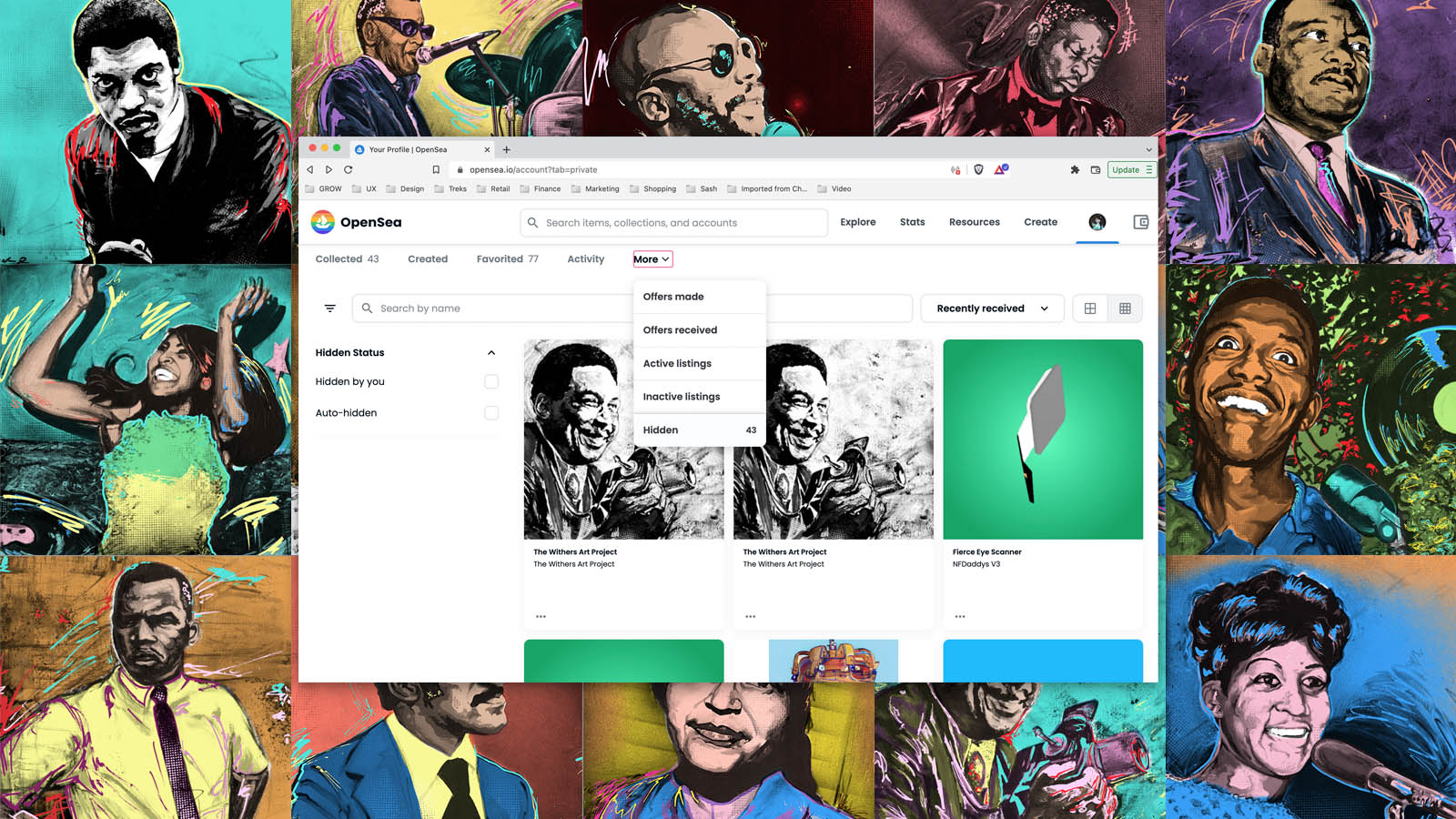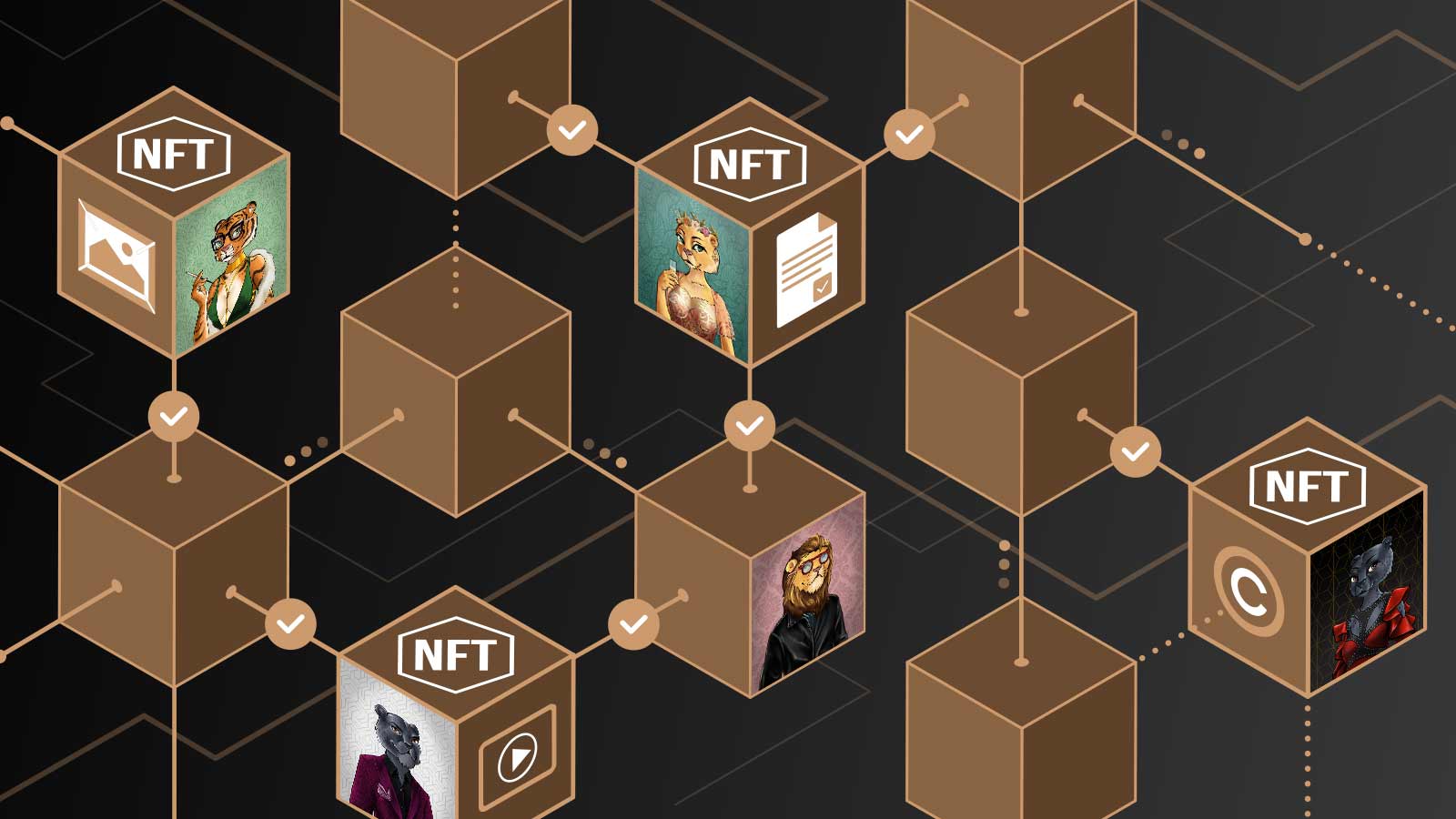1687 Club and the Withers Collection have collaborated to produce a commemorative NFT for attendees of the Till movie premiers in New York, Los Angeles, and Chicago.
Orion Pictures Brings the Till Story to the Big Screen
The Till Movie by Orion Pictures and United Artists brings the heartbreaking story of a mother’s loss and fight for justice to the big screen.
In 1955, Emmett Till, a 14-year-old-boy from Chicago, was the victim of a racially charged murder while visiting his cousins in Mississippi. His mother, Mamie Till-Mobley, openly displayed her son’s mutilated body in an open casket funeral and invited the members of the Black Press to photograph and publish the horrifying images in magazines and newspapers.
“Let the people see what they did to my boy,” she proclaimed.
Mamie understood the powerful impact of images and used the press and the photographs to help people see the true impact of lynching and racism in the United States. Thrust into action by her son’s murder, Mamie became an outspoken advocate for civil rights and justice.
The Impact of Images: Fueling the Civil Rights Movement
Till Movie writer-producer Keith Beauchamp credits the photos of 14-year-old murder victim Emmett Till for fueling the civil rights movement to the magnitude that we witnessed.
One of the photographers that helped Mamie spread the reality of what was done to her son was Black photojournalist, Dr. Ernest C. Withers.
Withers was the preeminent civil rights photographer during the civil rights movement. His legacy includes nearly 2M photographs of civil rights leaders and change makers, including Dr. Martin Luther King, Jr., Coretta Scott King, Medgar Evers, and Emmett and Mamie Till.
Ernest Withers was one of the few members of the Black Press allowed in the courtroom during the Emmett Till murder trial. Defying the judge’s orders, Withers captured the only photo from the trial: the moment Till’s Uncle Mose Wright stood and identified the two white men who forcefully removed his nephew from his home in the middle of the night.
During the trial, Withers self-published a small booklet of photos, Complete Photo Story of Till Murder Case, and distributed it to the public, bringing the case directly to the people.
“If not for the photograph taken by my father, Dr. Ernest C. Withers, the Till story may never have been told,” says Rosalind Withers, founder of the Withers Collection Museum and Gallery.
Withers Gallery and 1687 Club Create Till Movie NFT
The Withers Gallery collaborated with Web3 production company 1687 to create a unique commemorative art piece in honor of the red carpet premiers of the Till movie.
Attendees of the red carpet premiers in New York, Los Angeles, and Chicago were given the opportunity to claim a POAP (proof of attendance protocol) NFT.
POAPs are digital mementos recorded on the blockchain. It’s like keeping a ticket stub or concert poster, except the commemorative piece is a digital artwork that you can display on social media, print and frame at home, or even print on merchandise, such as t-shirts, coffee mugs, or more.
The POAPs created to commemorate the Till movie premiers are based on vintage photographs from the Withers Collection. The images all represent a civil rights organization with ties to the Till story, including the Emmett Till Legacy Foundation, the Medgar and Myrlie Evers Institute, and the Withers Collection Museum and Gallery.
The base vintage photos then inspire a hand-drawn and painted art piece in the style of The Withers Art Project, an NFT-backed fundraising campaign supporting the preservation of Withers 2M civil rights images.
The Till movie is a momentous occasion, keeping the memory of Emmett Till alive 67 years after his untimely death. It allows us to see the impact of images on the civil rights movement, to celebrate how far we’ve come, and how far we have left to go. And it’s a reminder of the strength of one woman and the lengths she would go to seek justice for the love of her son.
I couldn’t bear the thought of people being horrified by the sight of my son. But on the other hand, I felt the alternative was even worse. After all, we had averted our eyes for far too long, turning away from the ugly reality facing us as a nation. Let the world see what I’ve seen. -Mamie Till Bradley
Learn more about the Impact of Images and support the organizations behind the Till story at ImpactofImages.com



